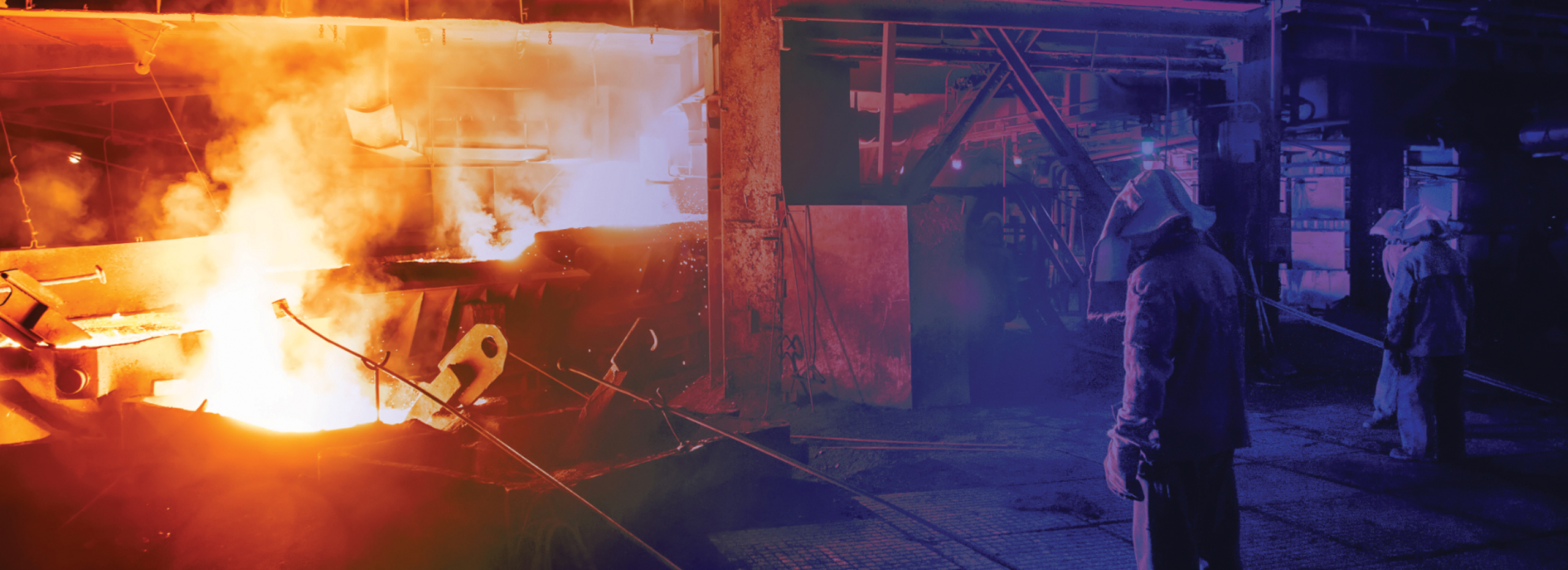
NBGs wide range of design options allow for customized designs in the harshest environmental conditions, including but not limited to:
Presence of radiation
Environments such as the Large Hadron Collider, nuclear power plants, and low Earth orbit expose optical fibers to radiation, resulting in a permanent increase in attenuation known as Radiation-Induced Attenuation (RIA). Utilizing radiation-resistant optical fibers (RAD-hard fibers) in combination with stainless steel ensures long-term protection and reliable performance. These fibers are essential for applications in particle accelerators, space missions, nuclear power monitoring, and other high-radiation environments.
High Pressure / High Temperature
NBG’s loose tube designs keep fibers strain-free, ensuring long-term reliability and consistent performance. In collaboration with leading fiber suppliers, NBG provides an extensive portfolio of design and material options, allowing the selection of the most suitable fibers for challenging and demanding environments. Our cables are engineered for applications reaching and exceeding 300°C, where proper material selection is critical to prevent temperature- or chemically-induced degradation, ensuring optimal performance under extreme conditions.
Extreme low temperatures / Cryogenic
Fiber optic monitoring at ultra-low temperatures is crucial for the safe and reliable operation of LNG tanks, pipelines, and superconductors. NBG’s metal-based cables and specialized fibers are engineered for long-term cryogenic exposure and can even be directly submerged in liquid nitrogen, ensuring dependable performance in the most demanding environments.
Corrosive Environments
Acidic liquids and gases can cause corrosion of the outer sheath, leading to structural degradation and compromising the overall integrity of the cable. To mitigate these effects, high-grade nickel alloys such as Incoloy 825 and Inconel 625 are used, offering outstanding resistance to oxidizing and reducing acids, pitting, stress-corrosion cracking, and chloride-induced damage. These materials ensure long-term reliability and mechanical stability, even in highly aggressive chemical environments.
Hydrogen rich environments
Hydrogen-induced darkening in optical fibers results from the diffusion of H₂ molecules into the glass matrix, where they form OH-groups that increase attenuation and degrade signal quality. Mitigation strategies include the application of aluminum layers as hydrogen diffusion barriers, the use of gels incorporating H₂ absorbers, and the deployment of pure silica fibers with carbon coatings to minimize permeation. These methods significantly extend fiber lifetime and maintain optical performance in hydrogen-rich environments such as oil and gas facilities, subsea installations, and energy infrastructure.
Our high voltage / medium voltage cables are manufactured to customer specifications.
Below are just a few examples to demonstrate our production capabilities.
FIMTs are specialized tubes made from metal that encapsulate optical fibers. These tubes protect the fibers from external physical and environmental conditions, ensuring secure and reliable data transmission, especially in high voltage and medium voltage cable applications.
FIMTs enhance efficiency by providing a robust protective environment for optical fibers, which are used for monitoring and communication purposes alongside the electrical transmission. This dual functionality allows for real-time monitoring and control, leading to optimized operational performance and reduced downtime.
FIMTs enhance efficiency by providing a robust protective environment for optical fibers, which are used for monitoring and communication purposes alongside the electrical transmission. This dual functionality allows for real-time monitoring and control, leading to optimized operational performance and reduced downtime.
FIMTs are typically made from stainless steel or superalloys, offering high resistance to corrosion and physical stresses. Specific materials include common stainless steel variants and superalloys such as Alloy 625, Alloy 825, etc.
FIMTs are integrated into the cable structure either as part of the core or layered within the cable, depending on the cable design. This integration provides added protection for the optical fibers and contributes to the overall strength and durability of the cable.
Yes, FIMTs are ideal for sensing applications such as Distributed Temperature Sensing (DTS), Distributed Acoustic Sensing (DAS), and Distributed Strain Sensing (DSS). These applications are crucial for monitoring the integrity and performance of high voltage/medium voltage cables.
We’re here to help! Reach out to us for any technical inquiries or assistance.